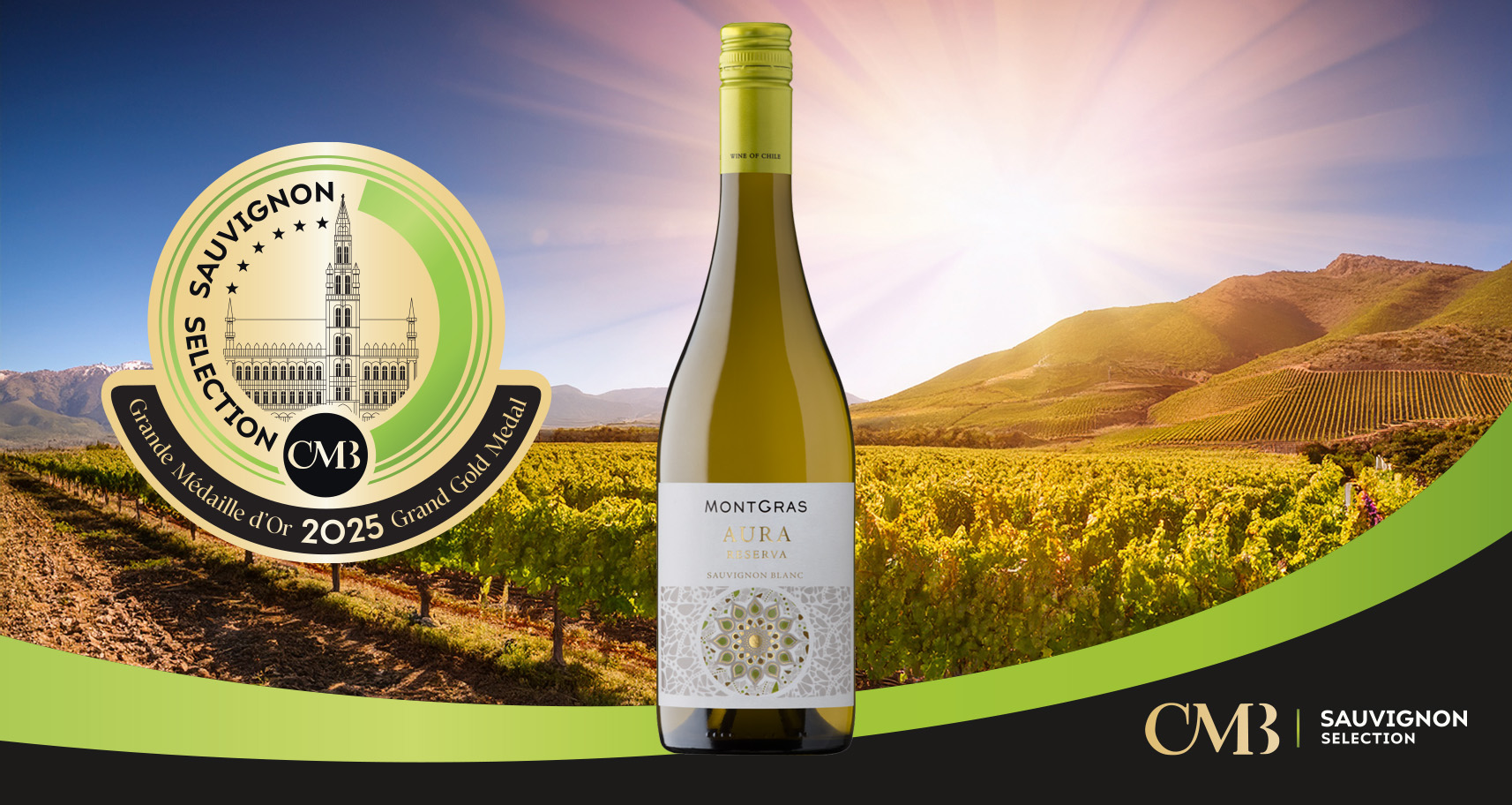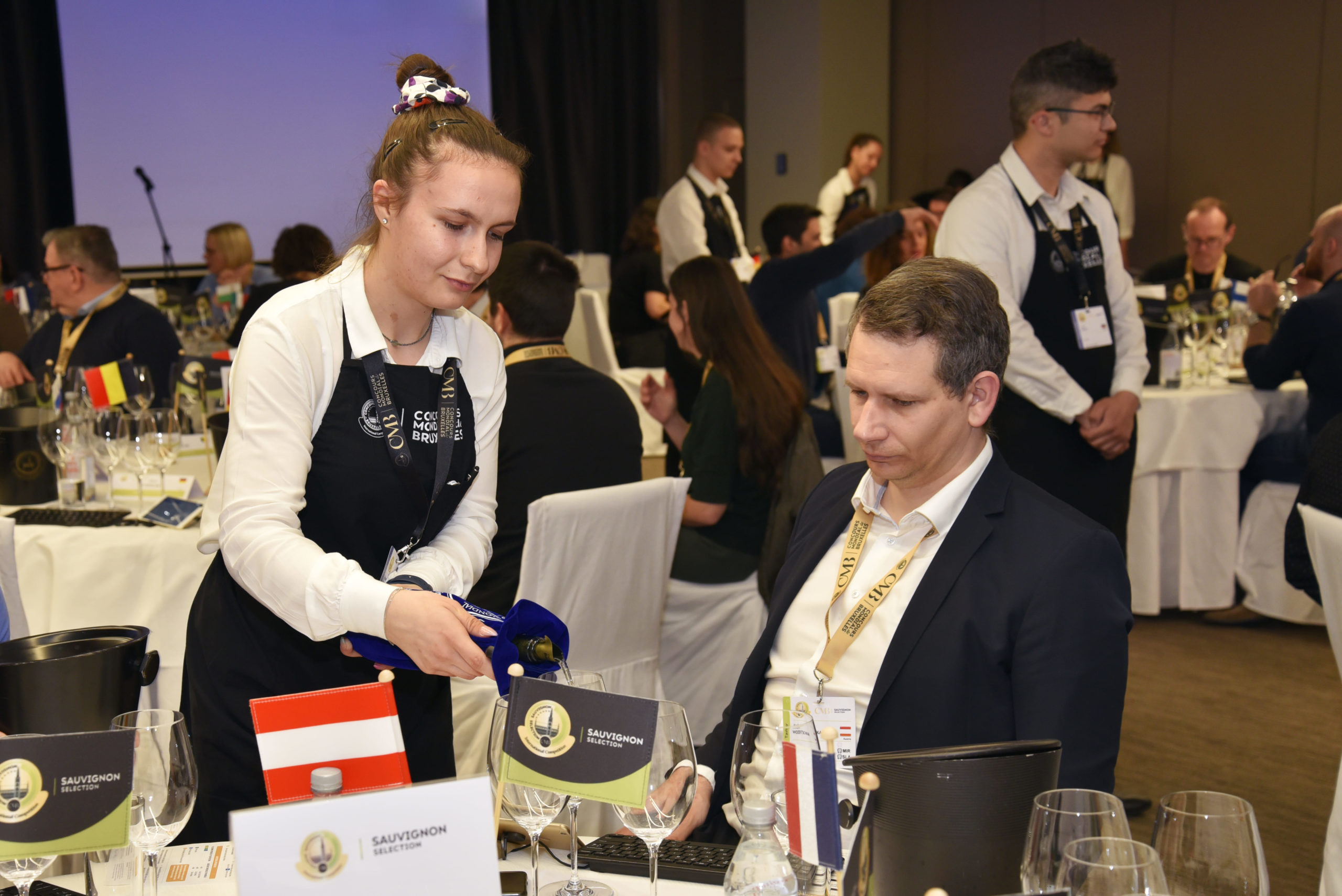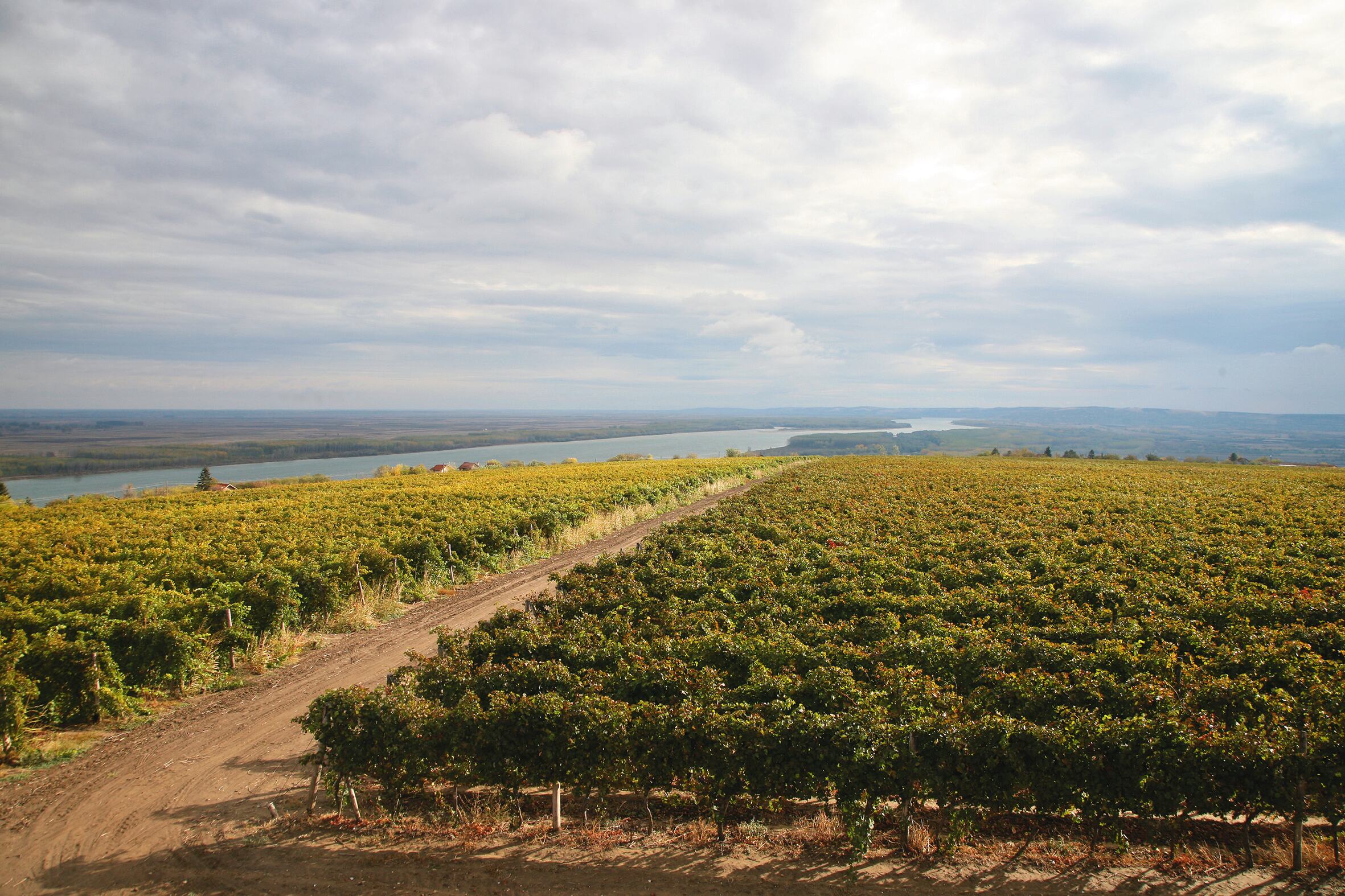New Zealand’s Many Regional Terroir Driven Sauvignon Blanc Styles
Although Sauvignon has played a central role in the Upper Loire and Bordeaux for centuries, and California made the grape’s name famous, New Zealand was the first New World region to cast ‘savvy’ in an entirely new, fresh light. Arguably, no other Sauvignon is as exotically or as intensely fruited (passionfruit, grapefruit, lime, gooseberry, mango, guava…), bracingly herbaceous (tomato plant, nettles) or as tantalizingly zingy – think Sancerre enhanced by drugs, steroids or psychedelics or both.
How and why this happened is due to intense sun; geographical position; infertile, free draining soil; NZ’s innovative farming culture; and a little luck. As Dr Richard Smart once summarized NZ Sauvignon’s development, it was ‘the right variety, the right clone, in the right place, at the right time.’
All this jelled in the middle of the 1980s when Smart, a governmentally appointed viticulturalist, returned from the first Cool Climate Conference in Oregon (1984) convinced that NZ must change directions. Producers should dump their devotion to early ripening Muller-Thurgau and focus instead on higher quality, Northern European grapes grown intensively enough to ripen in NZ’s cooler conditions.
Coincidentally, a handful of Marlborough producers (Hunters, Cloudy Bay, Montana, Matua, Jackson Estate, Lawsons…) began exporting their first crops of Sauvignon back to mother England. Radically different from their French and American counterparts, Kiwi ‘Savvy’ created an instant sensation within Britain just as wine drinking was spreading into the masses there. New Zealand never looked back, conquering the British market in the 1990s, the US in the 00s and Australia in the twenty-teens…with China firmly in their sights now.
Today, Sauvignon dominates both total production (72%) and exports (86%), with over 90% produced in Marlborough. Unfortunately for other regions – whose styles are as valid and as distinctive in their own right – Marlborough is a brand unto itself and has become synonymous with NZ Sauvignon.
The Savvy Formula
Much of Marlborough Sauvignon’s success has been driven by a near perfect commercial ‘recipe’ (admittedly there are exceptions to this rule). Take a single Sauvignon clone (UCD1), graft it onto SO4 rootstock, plant it in a spacious 2,000 vines per hectare (versus Sancerre’s more typical 8,000). Train the vine to carry fruit on four to six canes (versus Sancerre’s one or two) and position shoots vertically on a high trellis to comfortably carry 6 – 10 (sometimes 20) tonnes per acre (versus Sancerre’s 2-4). Add a little ‘deficit’ irrigation, machine harvest, ferment it in cool, stainless steel tanks with aromatic yeasts and bottle off with 6 gm residual sugar to balance naturally tart acidity. The results are clean, ripe, varietally pure, consistent quality, consumer friendly wines produced at a relatively sharp price: win-win for both consumers and growers.
Marlborough’s vibrant fruit is partially due to a Southern Hemisphere sun that shines down 30-40% more UV (cloudless sky + thin ozone layer) than up North. Tempered by a steady maritime breeze producing cool nights that lock in high natural acidity, the result is a magical balancing act between edgy herbaceousness and intensely ripe tropical fruit characters. An ultra-long growing season also gently teases out and preserves complex aromatics; French Sauvignon averages 100 days between flowering and harvest, whereas Marlborough pushes 120 – 130. So far, no other wine producing country captures these characters as well or as consistently.
New Zealand also got lucky with its clone, UCD 1, which accounts for 90% of plantings. Although newer clones (316, 317) brought in from Bordeaux in the 1990’s provided good palate weight, they never matched its moderate productivity and varietal intensity. Slotted into ‘The Formula,’ UCD 1’s solo voice helped forge a common lens for viewing distinct, sub-regional, terroir derived styles. Three have emerged so far in Marlborough.
Marlborough’s Sub-regional Styles
Ground Zero, Rapaura, sits astride an extinct riverbed now peppered with cobblestones piled high under vines. This terroir defines the Wairau Valley’s northern side, mixing young, relatively infertile alluvial soils with free draining river gravels. This helter-skelter mix results in vigorous vines growing in silty pockets, next to struggling, stressed vines growing in gravel lenses, often within the same vineyard row. This plays out through marked differences in fruit exposure, yields and ripeness levels at harvest, creating a “vineyard blend” from super-ripe to tart within each block.
Rapaura’s slightly higher temperatures yield earlier ripening and lowered acidity. Wines tend to be highly aromatic and less weighty on the palate than other regions. Perceptibly softer and riper, they are characterised by pronounced sweaty, passionfruit notes that reflect a greater variability of fruit at harvest.
On The Wairau Valley’s southern side, subregions (Brancott, Omaka, Wither Hills, etc.) rest on older, more even soils, mixing loess (wind blown silt) and clay over glacial deposits. More elevated, therefore cooler, the region gets 50% less rainfall than Rapaura, offset by soils that retain water much better. The combination extends Sauvignon’s growing season by a week or two, resulting in richer, crisper and more pungent, green herbal characters, with a slight oiliness providing greater mid-palate weight.
The Awatere Valley, further south of Wairau, is closer and more open to the sea and favours loess and clay with limited gravel. Cooler, drier and windier than Wairau, vines produce smaller leaves and thicker skinned, smaller berries, all of which reduce yield. The wines are markedly more mineral and aromatically herbaceous: pungent, nettly, tomato plant leaf characters, denser palate weight and higher acidity.
Other New Zealand Regional Styles
Extending the ‘formula’ to other regions, further south another 250km in Waipara and 750km to Central Otago’s cooler climates Sauvignon stretches into finer grained, more tightly knit, linear styles. Overt fruitiness is often swapped for increased minerality and increased herbaceousness.
Roughly on the same latitude, but slightly north of Marlborough, Nelson is a touch wetter, Martinborough a touch drier. Stylistically, both are closely allied to Marlborough. Nelson terroir is divided between inland, elevated clay soils versus seaside river gravels. Styles on the former tend to be more linear, mineral and herbaceous, whereas gravel-grown tip toward Raupara.
Sharing the same latitude as Marlborough and Nelson, the North Island’s Martinborough, like Wairau, straddles an extinct riverbed with a similar mix of loess and gravel. Slightly warmer and windier, its Sauvignons are fuller fruited, weightier and softer.
New Zealand’s answer to Bordeaux Sauvignon
Sauvignon styles dramatically shift away from Marlborough 300km north in Hawkes Bay. There it’s too hot and dry for Pinot Noir, so the regional focus is on red Bordeaux varieties. Increased heat boils off Sauvignon’s overt herbaceousness into subtler cut grass, coriander, fresh green bean, sweet pea aromas married to fruitiness more reminiscent of stonefruits, pear, apples and feijoa. Textures are fatter and acids lower, with styles looking more toward Graves than Sancerre. Hawkes Bay’s higher ripeness levels and fruit characters favour barrel fermentation and maturation. Many producers make both a tank fermented pure savvy for early drinking and a more serious barrel fermented version intent on evolution more along Bordeaux lines.
One of Hawkes Bay’s iconic Sauvignon styles, Te Mata’s Cape Crest has undergone a methodical evolution since 1982, according to senior winemaker, Peter Cowley. Originally tank fermented, in 1986 Te Mata released a ‘fume’ style partially fermented in neutral older barrels with lees treatment for creamier textures. 1992 saw the addition of some new oak fermentation, with 100% barrel fermentation becoming the norm in 1998 (30% of that new oak).
Responding to Hawkes Bay’s warmer climate, throughout the 90s Bordeaux Sauvignon clones (316 & 317) were planted, with Sauvignon Gris and Semillon following in 2000. Gris added fruit and textural complexity, and an interesting strawberry aromatic nuance, whereas Semillon added citrus and straw characters, ripened at very low (10-12%) alcohol levels and created a degree of finesse. By 2002 Gris content was up to 8% and Semillon entered the blend in 2005. Currently Sauvignon Gris has dropped to 3% and Semillon up to 12%. The success of Semillon has spurned debate about considerably increasing content vs risking the loss of Sauvignon’s advantageous varietal labeling.
Cape Crest and other Hawkes Bay barrel fermented styles are renowned for their elegance, age-ability, up to and over a decade, and their distinctive counterpoint to Marlborough’s predominant Kiwi style.
Hawkes Bay hosts a wider diversity of soils and micro-climates than any other region. Gimblet Gravels is the country’s hottest spot, with only a little Sauvignon planted. Nearby Bridge Pa, with similar gravel based soils, and cooler Dartmoor Valley and Ngtarawa Triangle’s clay based soils carry the bulk of Sauvignon production. Coastal Te Awanga’s sandy soils and the hilly western interior, limestone soils are the main sources for cooler climate Sauvignon fruit.
Sauvignon Today
In 1973 there were virtually no New Zealand Sauvignon vines, thirty years later insatiable demand has driven more than 20,000 hectares to be planted, steadily creeping up towards France’s production supremacy.
As Sauvignon has steadily colonised the country not everyone has followed Marlborough’s formula. Many have opted for considerably lower yields, more hand harvesting and less technological intervention in both the vineyard and cellar. The single universal is that almost all have increasingly gravitating toward styles that illustrate the soil and climates where it is grown.


